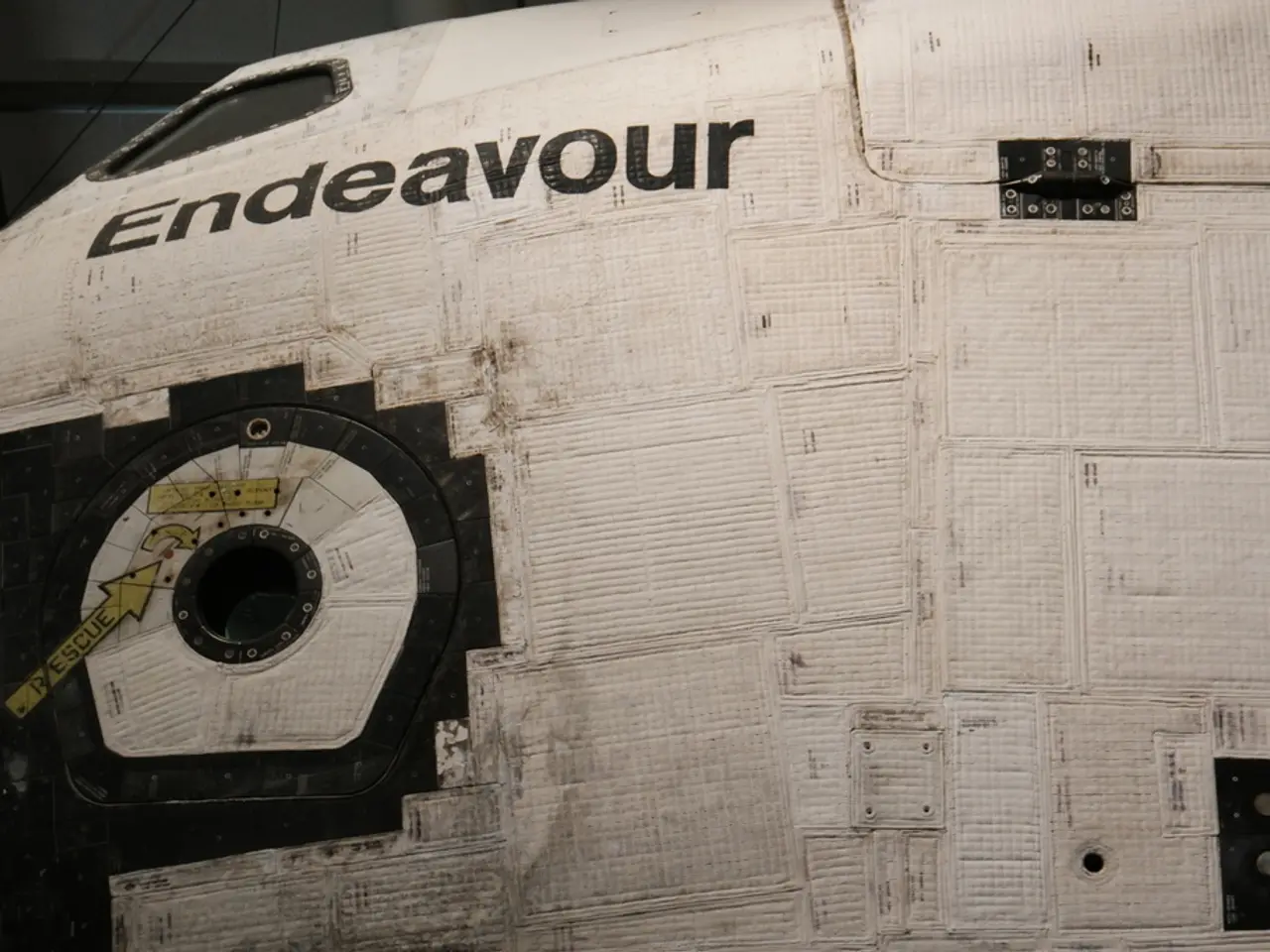Blue Origin Explained: A Comprehensive Look at Space Travel Terminology
Blue Origin's Vision for the Future of Space Travel
Blue Origin, the private aerospace company founded by Jeff Bezos in 2000, has ambitious plans for the future of space exploration. With facilities in Texas, Florida, Alabama, and its headquarters in Kent, Washington, Blue Origin is at the forefront of developing innovative technologies to make space travel more accessible and affordable.
At the heart of Blue Origin's endeavours is the New Glenn rocket, an orbital launch vehicle currently in development. Powered by the BE-4 engines, the New Glenn is designed to provide reliable and efficient thrust for space missions. The BE-4 engine uses liquid oxygen and liquefied natural gas as propellants, making it more cost-effective and environmentally friendly. The goal of Blue Origin with the BE-4 engine is to reduce the cost of access to space.
The New Glenn rocket is capable of launching satellites, space station modules, and even crewed missions to the Moon and Mars. It is named after John Glenn, the first American to orbit the Earth, reflecting Blue Origin's commitment to pushing the boundaries of space exploration.
While the New Glenn rocket is a significant step forward, Blue Origin's vision goes beyond interplanetary travel. The company aims to create a future where millions of people can live and work in space. To this end, Blue Origin is developing the Blue Moon lander series, with the Pathfinder (Mark 1) cargo variant aiming for a potential lunar surface demonstration mission in late 2025. This mission supports NASA's Artemis 5 mission, with the goal of landing humans on the Moon using a larger Mark II lander in the future.
In addition to lunar missions, Blue Origin is also focusing on suborbital space travel. The New Shepard spacecraft, named after Alan Shepard, the first American to travel to space, is designed for space tourism and scientific research. The spacecraft consists of a crew capsule and a booster rocket, with the booster rocket landing vertically for reuse. The New Shepard spacecraft can carry up to six passengers on a journey to the edge of space.
Blue Origin plans to start human passenger flights using the new RSS First Step capsule by late 2025. This follows extensive test flights, including flights carrying prominent civilians like crypto entrepreneur Justin Sun. The NG-2 mission, Blue Origin's first interplanetary launch, is planned for early 2025 and will carry scientific payloads to study the Martian magnetosphere, marking a significant step toward Mars-focused space exploration.
Lastly, Blue Origin's founder, Jeff Bezos, envisions expanding human presence and industry into space by utilizing reusable launch systems, lunar landers, and eventually in-space infrastructure for mining resources, solar power, and manufacturing. This infrastructure is intended to lower costs and enable sustainable space colonization to benefit life on Earth.
In summary, Blue Origin is transitioning from suborbital tourism to a comprehensive space enterprise focusing on Mars missions, lunar landers supporting government programs, rocket reusability for cost cuts, and laying the groundwork for humanity's long-term expansion into space. With its innovative technologies and ambitious plans, Blue Origin is poised to play a crucial role in shaping the future of space exploration.
References:
- Blue Origin
- NASA
- Ars Technica
- Space.com
- The Verge
Space missions and space exploration are key focuses of Blue Origin's ambitious plans for the future, with the company developing innovative technologies such as the New Glenn rocket and the Blue Moon lander series to make these ventures more accessible and affordable. Furthermore, science, technology, and the field of space-and-astronomy are integral to Blue Origin's vision of creating a future where millions can live and work in space.




